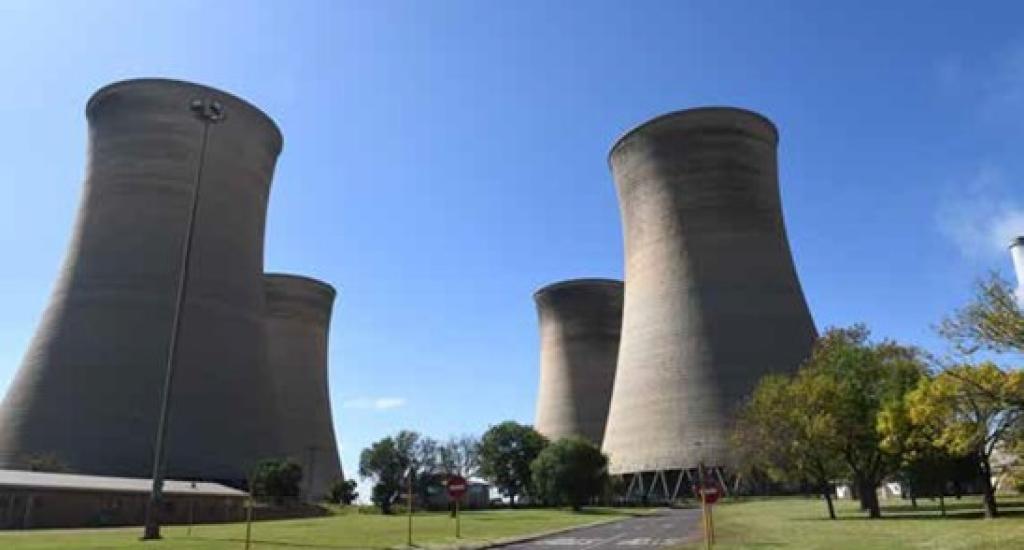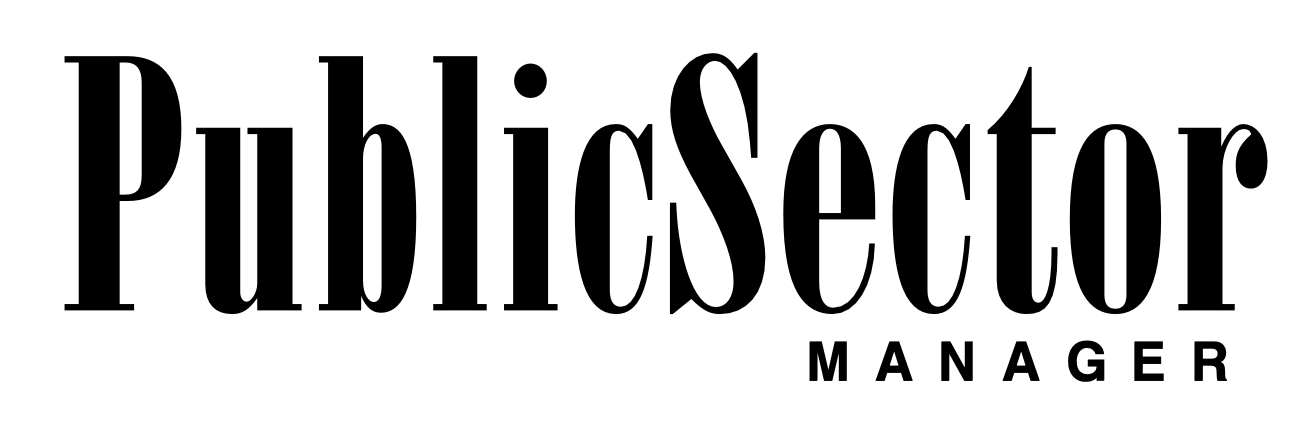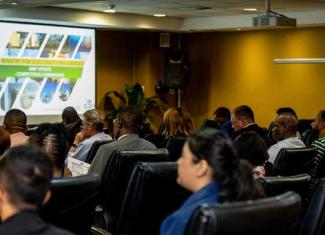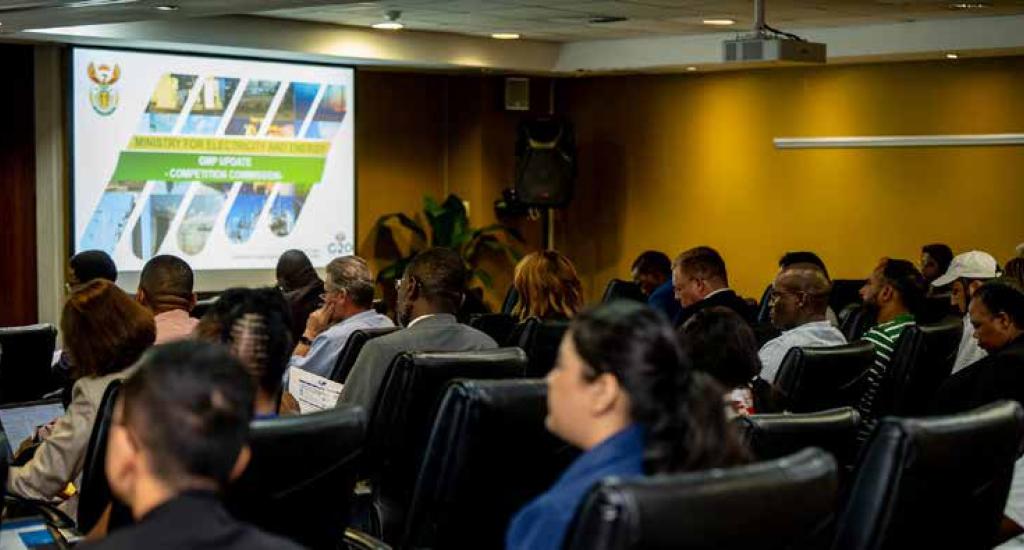Block exemptions help energy sector to collaboratively address electricity supply constraints

Over the last year, a concerted effort by government and stakeholders across the value chain has greatly contributed to a reduction in loadshedding.
The Competition Commission, working closely with the Department of Trade, Industry, and Competition (dtic), played a crucial role to address electricity supply constraints by introducing the Energy Users and Energy Suppliers Block Exemptions in May 2023.
These exemptions allow users and suppliers to engage in activities that are normally prohibited under the Competition Act 89 of 1998 (as amended). The Competition Commission seeks to create an enabling framework for a collaborative approach for joint investment and financing of energy projects.
Collaboration among energy users and suppliers remains key to increasing and optimising the supply of alternative energy sources in the market to alleviate electricity supply constraints.
Some of the agreements or practices by suppliers include joint investment in shared energy infrastructure, joint financing and risk-sharing in energy projects, joint training and skills development or collaboration on optimising the level and timing of energy supply.
Reducing the cost of energy supply may range from joint negotiation and purchasing of energy supply inputs and related products or services to joint procurement and the sharing of security services for purposes of securing infrastructure.
Facilitating market participation
In terms of energy users, the block exemptions underscore similar efforts including to secure backup or alternative energy supply. Importantly, these block exemptions do not allow energy users and suppliers to engage in anti-competitive conduct or practices such as fixing selling prices, collusive tendering and resale price maintenance, an agreement between a manufacturer and a wholesaler or retailer to not sell a product below a specified price.
Despite the cessation of load- shedding, the Competition Commission continues to engage with energy stakeholders in the gas sector to share information on how making use of these block exemptions could facilitate greater market participation, address market concentration and reduce barriers for entry in the gas sector.
Prevention remains better than cure and our legislative efforts will now pave the way for more stable energy supply in the future.
Addressing barriers at upstream level
The Competition Commission’s Advocacy Division recently hosted a workshop for stakeholders across the gas energy user and supplier value chain to unpack the block exemptions and explain how they may be used to foster collaboration with small, medium and micro enterprises and firms owned or controlled by historically disadvantaged persons that operate at all levels of the energy users and suppliers value chain.
Addressing the barriers and market access issues at the upstream level of the natural gas value chain will help reduce cost for the downstream segments, as well as the prices paid by the end user. This may ultimately improve the security of gas supply and lower prices.
During the workshop, attendees shared their understanding of how the block exemptions may be further applied in the industry to achieve these goals. The Advocacy team also discussed when users and suppliers should inform the Competition Commission and dtic when seeking confirmation on their agreements or engage in practices covered by the exemptions.
Notification must be made within seven business days after the implementation of the agreement or business practices to both the Commission and the dtic at exemption.conditions@compcom.co.za and exemption.conditions@thedtic.gov.za, respectively.
Greater cooperation between agencies that fall under the dtic can drive the economic change the country needs. By working together with the aim of securing a stable energy supply in the years to come, we can continue to identify legislation mechanisms, such as the block exemptions, that can lead to greater collaborations among established and new entrants across the energy supplier and user value chains.






